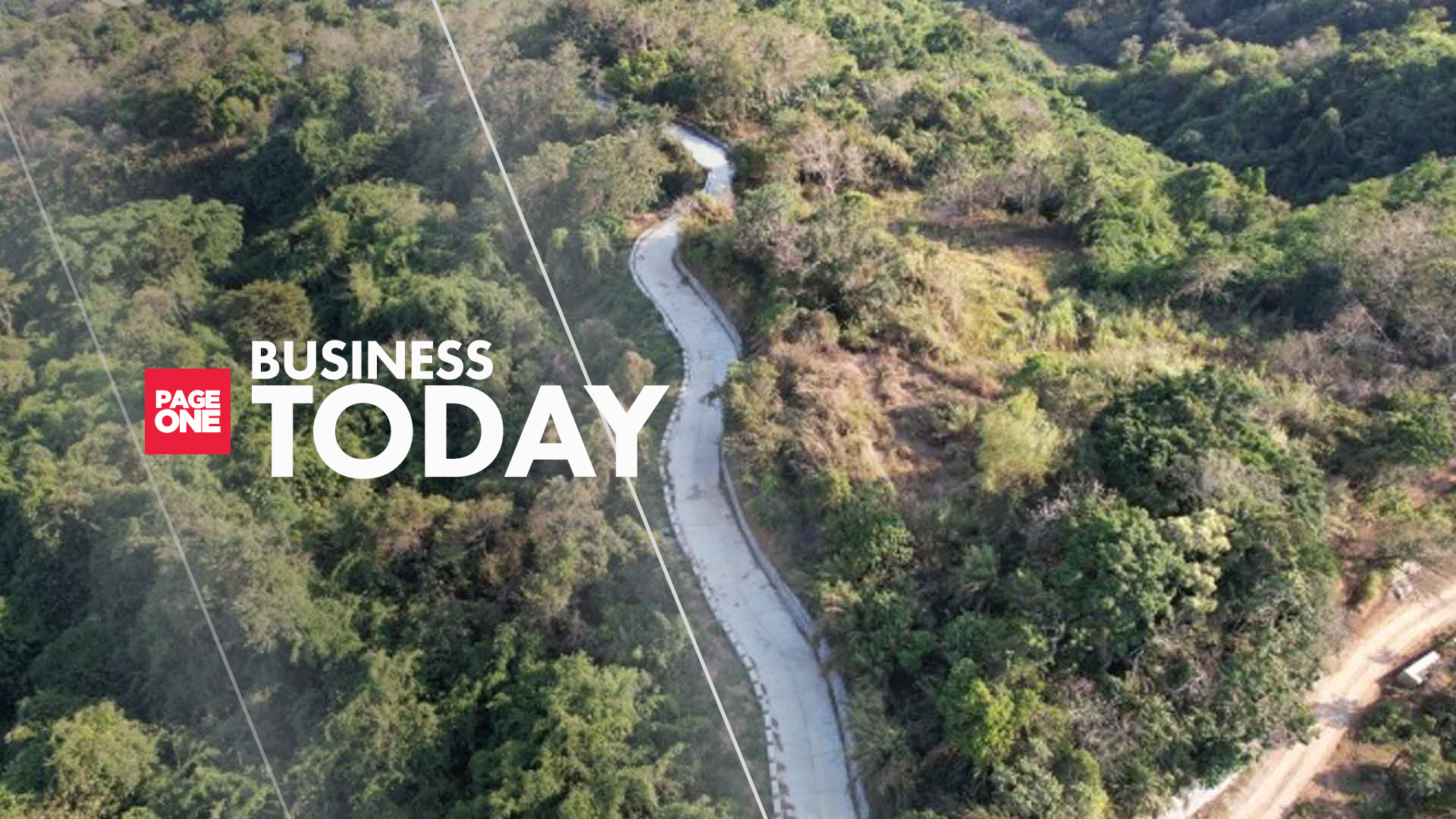An economic development expert and member of the Bangko Sentral ng Pilipinas (BSP) policy-making Monetary Board (MB) recognizes the vital role of infrastructure projects under the “Build Better More” program in bringing down prices of food products, the primary driver of high inflation.
This, as risks to the inflation outlook remain tilted toward the upside amid potential transport fare increases, wage adjustments, and pressures from food prices even as El Niño is expected to hit the country starting by the second half of the year.
In an interview on the sidelines of a business journalism seminar hosted by the Economic Journalists Association of the Philippines in Clark, Pampanga on Saturday, MB member Bruce Tolentino said the country needs to invest more in infrastructure to manage the El Niño risks.
“We can actually manage the impacts if we know the weather patterns well in advance enough so that if there is a drought in one area, we can increase the irrigation in that area. That’s an investment in irrigation and water management,” he said.
Tolentino said the infrastructure projects under the “Build Better More” program is also “very important” in taking down middlemen, particularly in agri-food supply chains.
“Kung walang (if there is no) infrastructure, the problem is, kung ano mabubuhat ng magsasaka, ‘yun ang maititinda nya (the farmers will only sell what he can carry). Pero kung may (but if there is) infrastructure, he can carry more, we can have a pickup (point), there will be an aggregator who can bring all the products together to the market so the chain is shorter. So if the infrastructure is improved, then there will be fewer people in the marketing chain,” he added.
As of March 31, at least 14 of the 194 infrastructure flagship projects under the “Build Better More” program came from the agricultural sector.
Most of the infrastructure flagship projects are also in physical connectivity and water resources, including irrigation, water supply and flood management.
The list also includes projects in digital connectivity, health, power, energy and other infrastructure.
Tolentino expressed belief that government must focus its budget on food productivity and competitiveness that would boost agricultural development.
“It is improved seeds, improved germplasm for animals, training for farmers to use the improved seeds and improved germplasm, better fertilization techniques, improved irrigation and better information for farmers on weather patterns, and support for the farmers when it comes to farm business management,” he said.
Tolentino said funds of the Department of Agriculture (DA) and local government units can be reformulated so “more money is spent on productivity enhancement.”
“Because all the local governments also have lots of money. They don’t know what to do with it so with the DA’s guidance and support, they should be able to manage their own budget and support agriculture also,” he said.
Meanwhile, Tolentino said there is a need to address the supply issues on the agricultural side as the country’s inflation rate is still driven by food and energy prices, with food items alone accounting for about 38 percent on average of consumer price index in recent years.
The headline inflation further decelerated to 6.6 percent in April from 7.6 percent in March, within the BSP’s 6.3 to 7.1 percent forecast range for the period. (PNA)







